Directional boring and drilling have revolutionized the installation of underground utilities. Gone are the days of tearing up roads, sidewalks, and landscapes to lay down essential infrastructure like electrical conduits, water mains, and sewer lines. Instead, these advanced techniques offer a non-invasive solution that minimizes surface disruption while efficiently placing utilities deep underground. This article explores how directional boring and drilling make it possible to install essential utilities with minimal surface impact, ensuring projects are completed swiftly and with less environmental disruption. Additionally, directional drilling costs are often lower due to these advantages.
Directional Boring for Electrical Conduit
Directional boring, also known as horizontal directional drilling (HDD), is a highly effective method for installing electrical conduit beneath existing infrastructure. This technique allows for the precise placement of conduits without the need to excavate large trenches, which can disrupt traffic, businesses, and the environment. By using steerable drilling heads, the boring process can navigate around obstacles, ensuring that the electrical conduit is installed exactly where it needs to be.
One of the significant advantages of directional boring for electrical conduit installation is the reduction in surface disruption. Unlike traditional trenching methods, which require significant excavation and restoration efforts, directional boring only requires entry and exit points. This not only reduces the overall project time but also cuts down on costs associated with surface restoration. Directional boring minimizes environmental disruption and preserves the aesthetics of the area.
Directional Drilling for Fiber Optics
The installation of fiber optics is critical for modern communication infrastructure, but it comes with challenges, especially when it involves crossing roads, railways, or existing utilities. Directional drilling provides a reliable and non-invasive solution for laying fiber optic cables without interrupting the surface above.
Using directional drilling for fiber optics allows for the placement of cables deep underground, protecting them from potential damage caused by future construction or environmental factors. This technique is especially beneficial in urban areas where space is limited, and the disruption of surface infrastructure would be highly inconvenient. The precision of directional drilling ensures that the fiber optic cables are installed accurately, maintaining the integrity of the network and avoiding costly repairs or downtime.
Boring for Underground Utilities
Underground utilities such as gas, water, and electrical lines are vital for any community, but their installation can be a complex task, particularly in areas with existing infrastructure. Boring is essential for the installation of these utilities, allowing for the precise placement of pipes and conduits beneath the surface with minimal disruption.
By using advanced boring techniques, contractors can navigate through challenging underground environments, including rock formations, soil variations, and existing utilities. This ensures that the new utilities are placed accurately without damaging existing infrastructure. Additionally, boring for underground utilities reduces the need for extensive excavation, which can be both time-consuming and expensive. The process also limits the environmental impact, preserving the natural landscape and reducing the carbon footprint associated with traditional trenching methods.
Directional Drilling for Water Main Installation
Water mains are the lifeblood of any community, delivering clean water to homes and businesses. Installing these mains, especially in urban areas, can be a daunting task due to the dense infrastructure and limited space. Directional drilling offers a solution that allows for the installation of water mains without disrupting the surface infrastructure.
Directional drilling for water main installation is particularly advantageous in urban settings where traditional open-cut methods would be highly disruptive. By drilling under roads, buildings, and other obstacles, contractors can install water mains with minimal impact on the surrounding area. This not only reduces the inconvenience to the public but also speeds up the project timeline, allowing for quicker access to essential water services.
Water Line Directional Boring
When it comes to installing water lines, directional boring is a preferred method due to its efficiency and minimal environmental impact. This technique allows for the placement of water lines beneath the surface without the need for extensive excavation, preserving the landscape and reducing the overall cost of the project.
Water line directional boring is especially useful in areas with sensitive environments or where traditional trenching methods would cause significant disruption. By boring under the surface, contractors can install water lines quickly and accurately, ensuring that the water supply is uninterrupted and that the project is completed on time and within budget.
Directional Drilling for Sewer Pipes
Sewer pipes are another critical component of underground infrastructure, and their installation can be a complex process, particularly in urban areas. Directional drilling provides an efficient solution for installing sewer pipes without disrupting surface infrastructure, ensuring that the pipes are placed accurately and with minimal environmental impact.
Directional drilling for sewer pipes allows contractors to navigate around existing utilities and obstacles, reducing the need for extensive excavation and surface restoration. This technique also limits the disruption to the surrounding area, making it an ideal choice for projects in densely populated urban environments.
Sewer Boring for Urban Environments
In urban environments, where space is limited, and the disruption of surface infrastructure would be highly inconvenient, sewer boring is an essential service. This technique allows for the installation of sewer lines beneath roads, sidewalks, and buildings without disturbing the surface, ensuring that the project is completed with minimal impact on the community.
Sewer boring is particularly beneficial in areas where open trenching is not feasible or would cause significant disruption. By boring beneath the surface, contractors can install sewer lines quickly and efficiently, preserving the integrity of the surface infrastructure and reducing the overall cost of the project.
Drilling Under Driveways and Boring Under Concrete
Installing utilities under driveways and concrete surfaces can be a challenging task, but directional drilling and boring offer a solution that minimizes disruption and preserves the aesthetics of the area. By drilling under driveways and boring under concrete, contractors can install utilities without the need for extensive excavation, ensuring that the surface remains intact.
This technique is particularly useful for residential projects where homeowners want to maintain the appearance of their driveways and landscaping. By using directional drilling and boring, contractors can install utilities with minimal disruption, reducing the overall cost of the project and ensuring that the surface remains undisturbed.
Directional boring and drilling techniques have transformed the way underground utilities are installed, offering a non-invasive solution that minimizes surface disruption while ensuring accurate placement of essential infrastructure. Whether it’s installing electrical conduits, fiber optics, water mains, or sewer lines, these advanced techniques provide a reliable and efficient solution that preserves the integrity of the surface and reduces the environmental impact of construction projects. For more information on how directional boring and drilling can benefit your next project, visit Devco Development and Engineering.

